Horseback Riding Vacations in Mexico
Ampascachi only offers horse riding holidays in Argentina.
Horse culture is part of Argentina’s traditions.
Exploring this country on horseback is an unforgettable experience.

Why visit Mexico on horseback?
Located in the southern part of North America, Mexico is a paradise for lovers of horse riding routes.
Multiple contrary identities can be seen here: desert landscapes, snow-covered volcanos, ancient ruins, industrialized cities, colonial towns frozen in time, stunning tourist centres, lonely beaches and a collection of world-famous flora and fauna.
This mixture of modernity and tradition is the key to Mexico’s charm.
Mexico is rich in traditions, history, art and religion, and it offers a complete tourist infrastructure that guarantees a comfortable and safe stay for those who visit its many destinations.
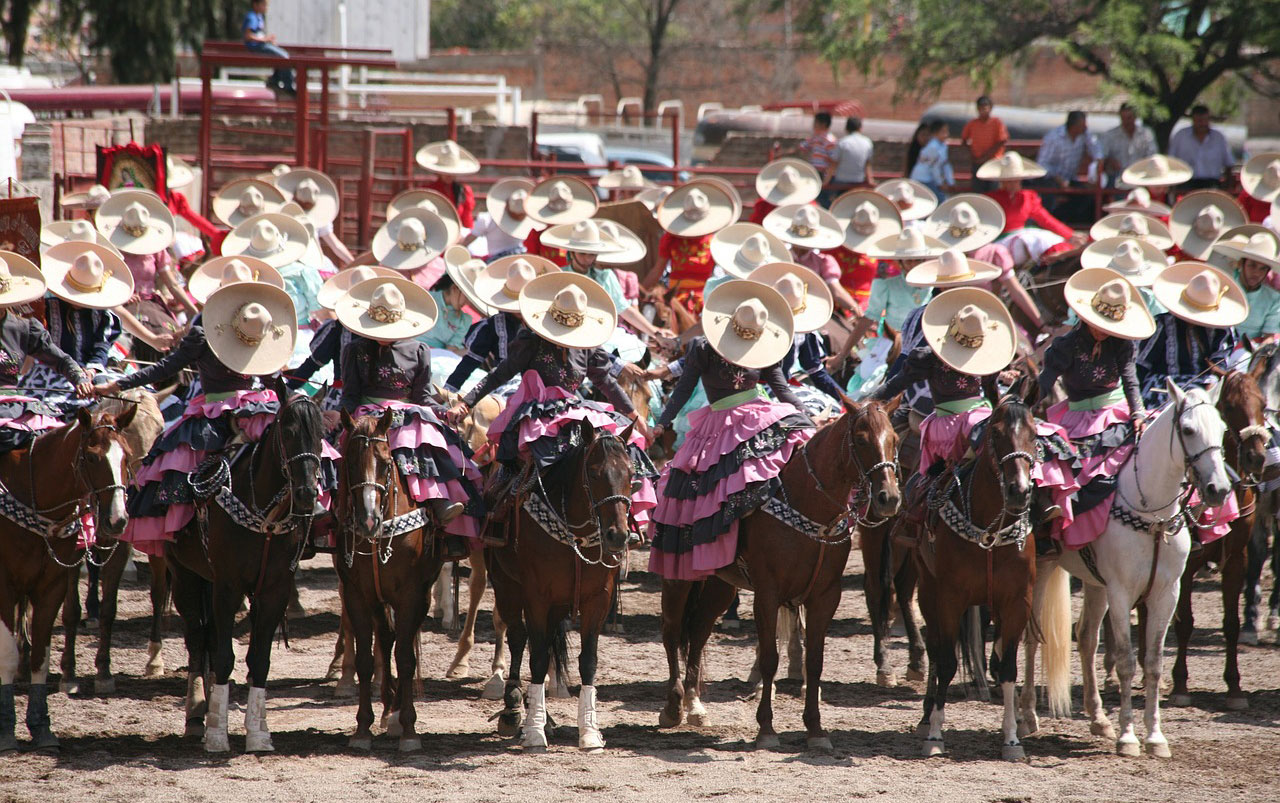
Women in a charreada in Mexico
Its equestrian tradition dates back to the 16th century, the times of the Spanish conquistadors who brought horses back to North America. This tradition is still alive and in good health, and this can be seen in Mexican rodeos or “charreadas”.
Since horses represent a way of life in Mexico, exploring this amazing country from the back of a Criollo horse, the Mexican Azteca horse (well-behaved but energetic) or any of the breeds that are so carefully bred here, will be an exciting experience for all riders visiting Mexico.
Mexico is the main tourist destination in Latin America, and the sixth most visited country in the world. This is largely due to the 34 cultural or natural sites that are Unesco World Heritage Sites.
Some interesting facts about Mexico
Geography
Officially known as the United Mexican States, it is a federal, representative, democratic and secular republic that comprises 32 federative entities (31 states and the federal capital).
Its capital is Ciudad de Mexico.
The Mexican territory covers an area of 1,964,375 km2, the third largest country in Latin America.
It is bordered to the north by the United States of America, throughout a border of 3,155 km, and to the south it has a 958 km border with Guatemala and 276 km with Belize.

Its coasts are washed to the west by the Pacific Ocean and by the Gulf of Mexico and the Caribbean Sea to the east. Its total coastline is 9,330 km, and it is the third American country with the largest coastline.
Population
México is the world’s 11th most populous country, with an estimated population of over 125,3 million people in 2018, most of which have Spanish as their mother tongue. The government recognizes this as the national language together with 68 indigenous languages, typical of the nation.
In the country, about 287 languages are spoken. It is the most populous Spanish-speaking country and the seventh country with the greatest linguistic diversity in the world.
History
Human presence in Mexico dates back to 14,000 thousand years ago. After thousands of years of cultural development, in the Mexican territory the Mesoamerican, Aridoamerican and Oasisamerican cultures emerged.
The present territory of Mexico was the main and greatest scene of the Mexica (Aztec) people and, to a great extent, of the Mayan people, the two most important civilizations of pre-Columbian America.
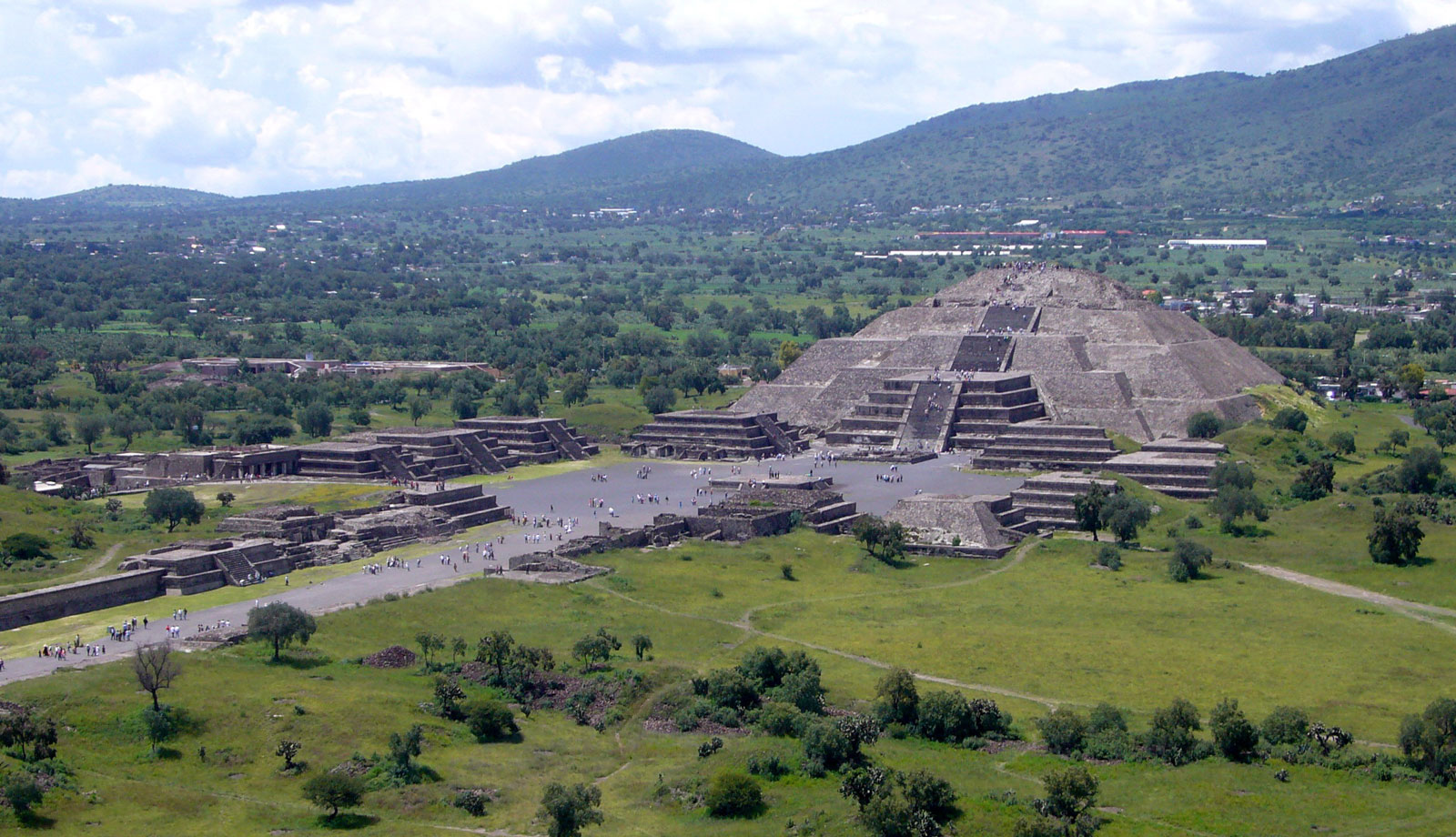
Pyramid of the Moon in Teotihuacan
After almost 300 years of Spanish domination, Mexico started to struggle for its political Independence in 1810.
After that, during approximately a century, the country was involved in a number of internal wars and foreign invasions that had several effects on Mexicans’ lives.
For most of the 20th century (especially in the second third) there was a period of great economic growth in a political context dominated by one single political party.
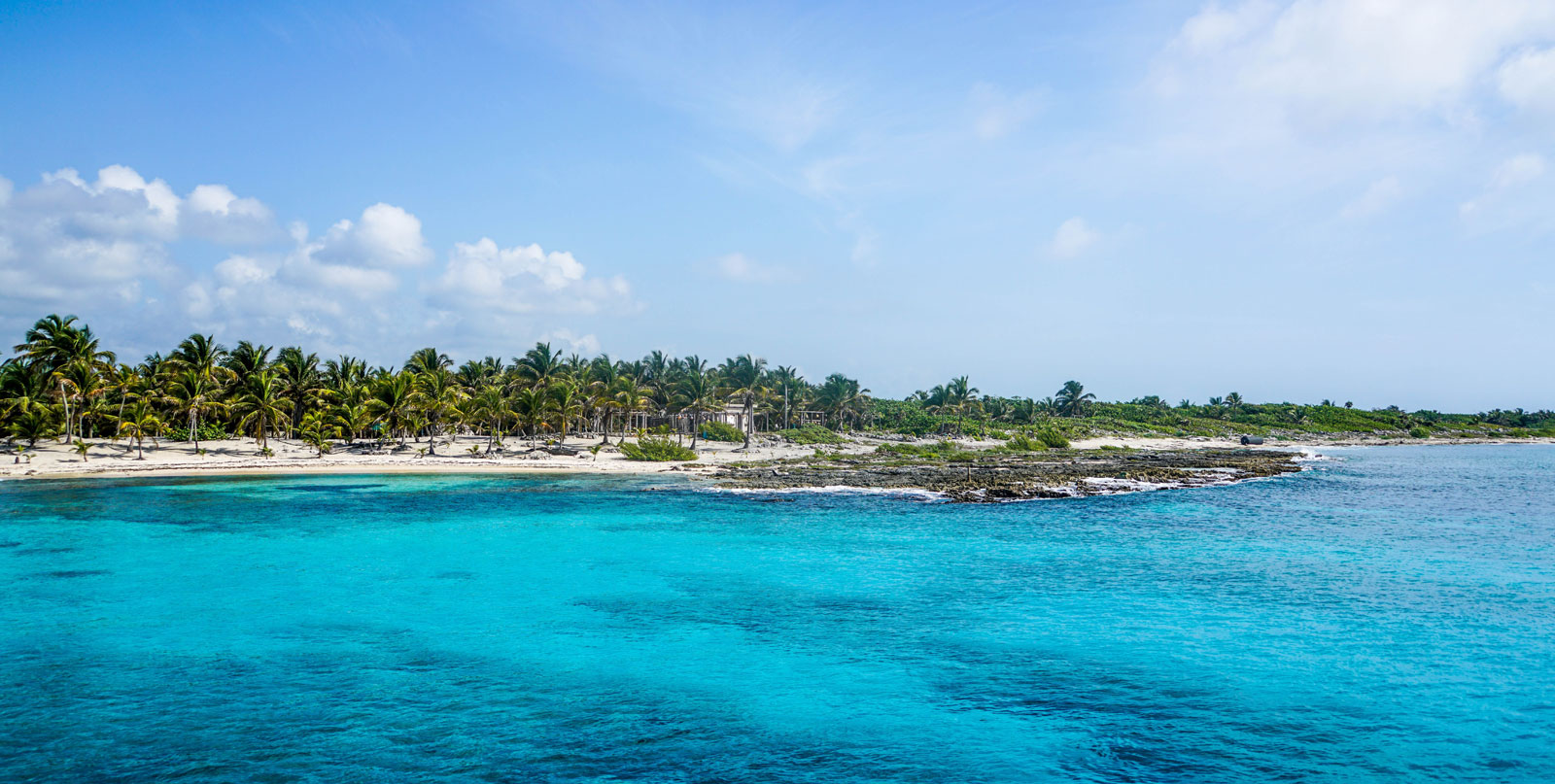
México is also one of the countries with the widest diversity of climates in the world, and it’s considered one of the 17 megadiverse countries in the globe. It is home to 10-12 % of the world’s biodiversity and it has more than 12,000 endemic species.
Would you like to be part of a group with an equestrian soul?
Join the Ampascachi Community. Obtain exclusive benefits for your holidays.
We tell you how to start, train and take care of your horse.
Interviews with direct providers of riding tours around the world.
Opinions of outstanding equine scientists and personalities in the equestrian sport world.
The Mexican Horse Breed
The first horses that came to Mexico were the ones brought by the Spanish during the conquest in the 16th century, giving birth to the Mexican Criollo horse, a horse that is very similar to the North American Mustang and the South American Criollo.
But as from 1920, once the armed movement had finished, a horse from the United States came to Mexico, the Quarter horse, and soon it became the most popular breed and Mexico was left without a horse with distinct identity.
It was not until 1969 that, with the visionary idea of a horseman, Antonio Ariza, and the support from the Mexican government, the dream of many Mexican riders came true – Mexico would finally have its own horse breed.
From that moment on the Azteca horse began to be bred.
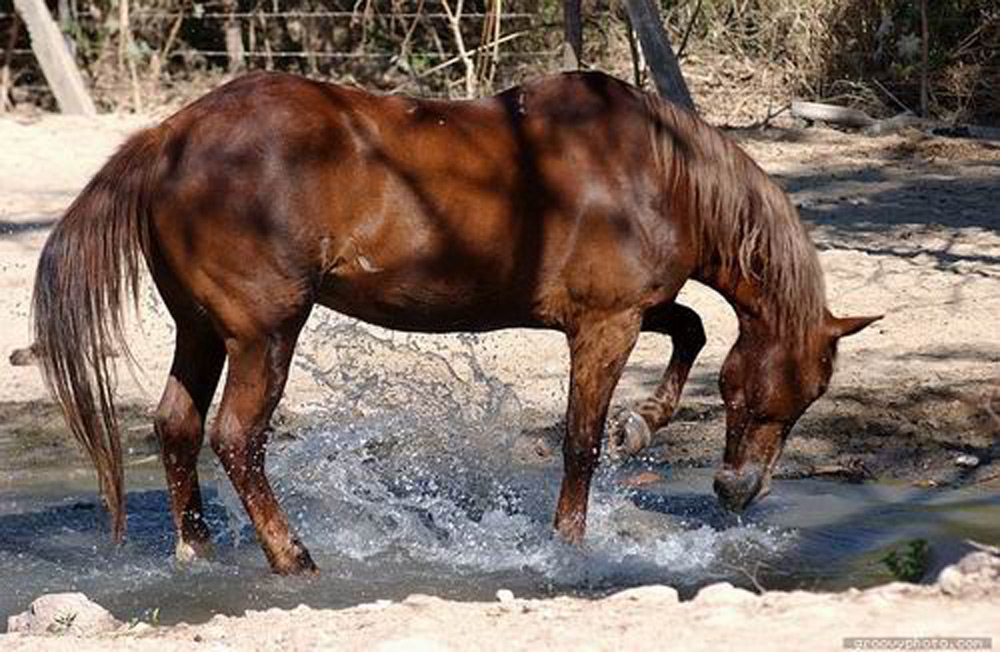
The Azteca horse
The Azteca horse was bred from an Andalusian stallion, Hilandero, born in Jerez de la Frontera (Spain) and an American Quarter mare.
The first Azteca stallion, called Casarejo, was the ancestor of this breed and, currently, most Azteca horses have its blood. The crossbreeding of Andalusian horses with Quarters and Aztecas horses have formed this excellent breed.
The breed that has a strong demand as a saddle horse for different disciplines such as the charrería, rejoneo (bullfighting) and dressage.
The characteristics that this equine breed has fully satisfy the requirements of Mexico’s national sport (the charrería): a comfortable height, a fast horse, strength, adequate temperament, a noble animal with a good shape.
Mexican horsemen, with the support of experts in zootechnics and genetics analysed different crossbreeding options and it was considered that they should begin by crossing Andalusian purebreds and Quarter mares.
The Andalusian stallion for its great figure, special gaits, spectacular movements and particular beauty, and the Quarter mare for its strength and versatility. The Azteca horse is very well crafted and it encompasses all these characteristic.

Horse riding routes in Mexico
Mexico is a tourist destination of global importance, horsemanship lovers, who enjoy equestrian routes, will surely find here, as well as what is worldwide known: history, all kinds of landscapes, amazing horses, bred and trained with much dedication, flora, fauna, an unimaginable range of climates.
Explore the real Mexico with very well designed equestrian routes, through trails that combine sightseeing, untouched nature and rides across historic towns that UNESCO declared World Heritage, throughout the historical Silver Route.


Or visit some of its coastal areas, on the Atlantic or Pacific Oceans, travel along immense and still untouched beaches, and go horse riding on them, enjoy the natural beauty and a wildlife experience, listen to the sound of the sea, feel its cool breeze and the smooth ride of these magnificent equine specimens that got used to riding there, at a walk or a gallop.
And also, why not going inland into Mexico and staying in one of the many Mexican ranches? Share the daily tasks of Mexican charros and learn with them how to communicate better with your adventure companion, the Mexican Criollo horse.
The Mexican horse, the Criollo horse, is a mixture of two cultures. Since its arrival in the country in 1500, it has become an inseparable friend of the charro and been an important part of Mexico’s history. For the Mexican charro, the horse is an inseparable friend and a part of their history.
México has everything to offer, for rider of all levels of ability. And, when it comes to warmth, your hosts will leave you with an unforgettable memory.
Riding holiday outfitters in Mexico
From the wide range of destinations and options that this country has to offer, for your Horseback Riding Vacations in Mexico we have selected the following:
- RANCHO LAS CASCADAS ( www.rancholascascadas.com )
- TIERRA CHAMAHUA ECO ADVENTURES AT RANCHO LOS BAÑOS ( www.tierrachamahuaecoadventures.com )
- HACIENDA SAN ANTONIO ( www.haciendadesanantonio.com )
- RANCHO EL CHARRO ( www.ranchoelcharro.com )
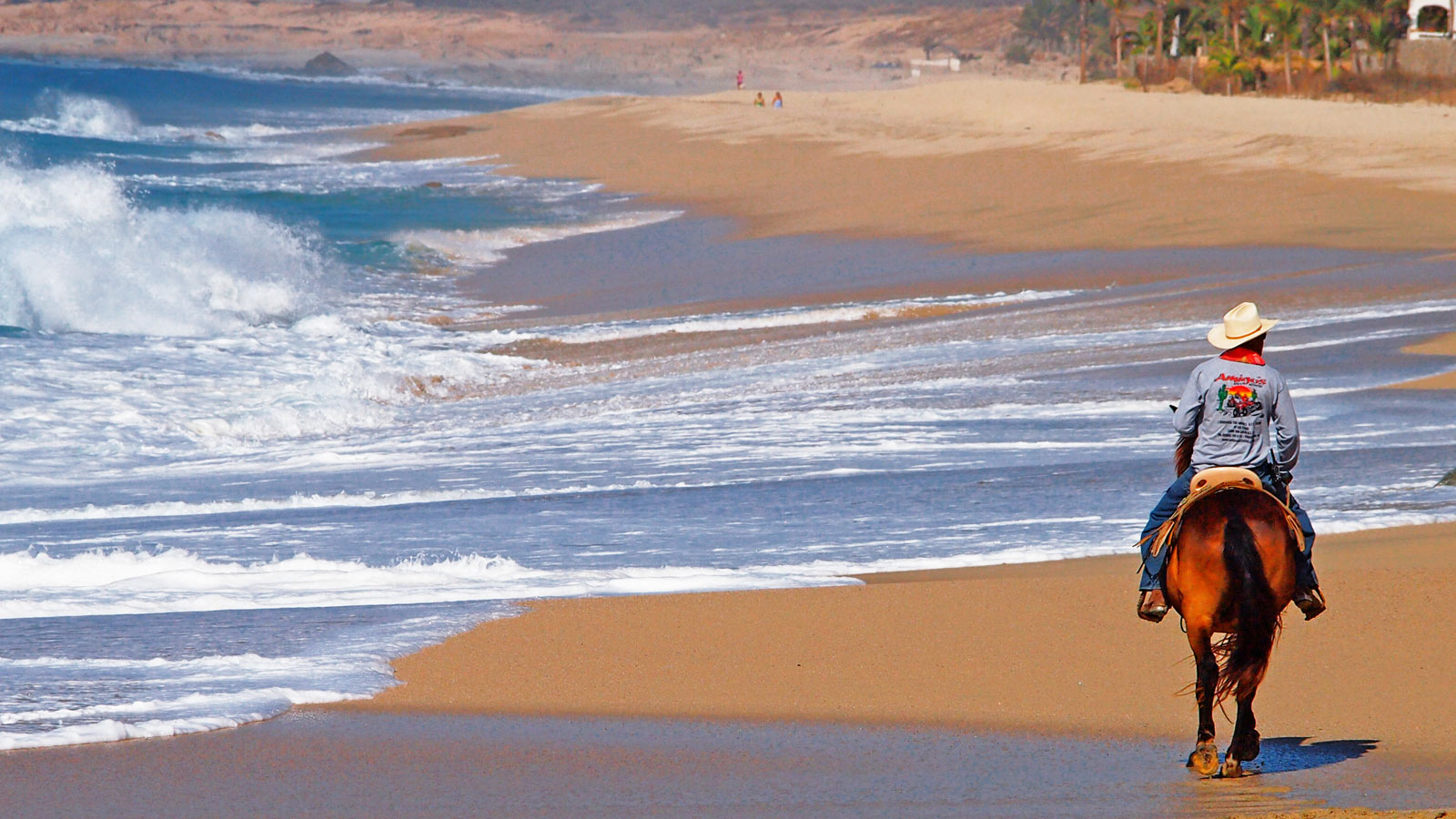
Horse riding vacations in Mexico will create an unforgettable experience, not only for its equestrian routes in trails that combine pristine nature, visits to historic towns that are World Heritage Sites, but also for the Mexican ranches, with their characteristic way of life and the Mexican Criollo horse.
Do you also love the idea of exploring Mexico on horseback?
Download our free eBook on equestrian tourism in North America and discover all the equestrian destinations of North America.
Planning your horse riding holidays?
Join the Ampascachi Community. You will get exclusive advantages and guidance for your next horse riding holiday.


 German
German French
French Spanish
Spanish